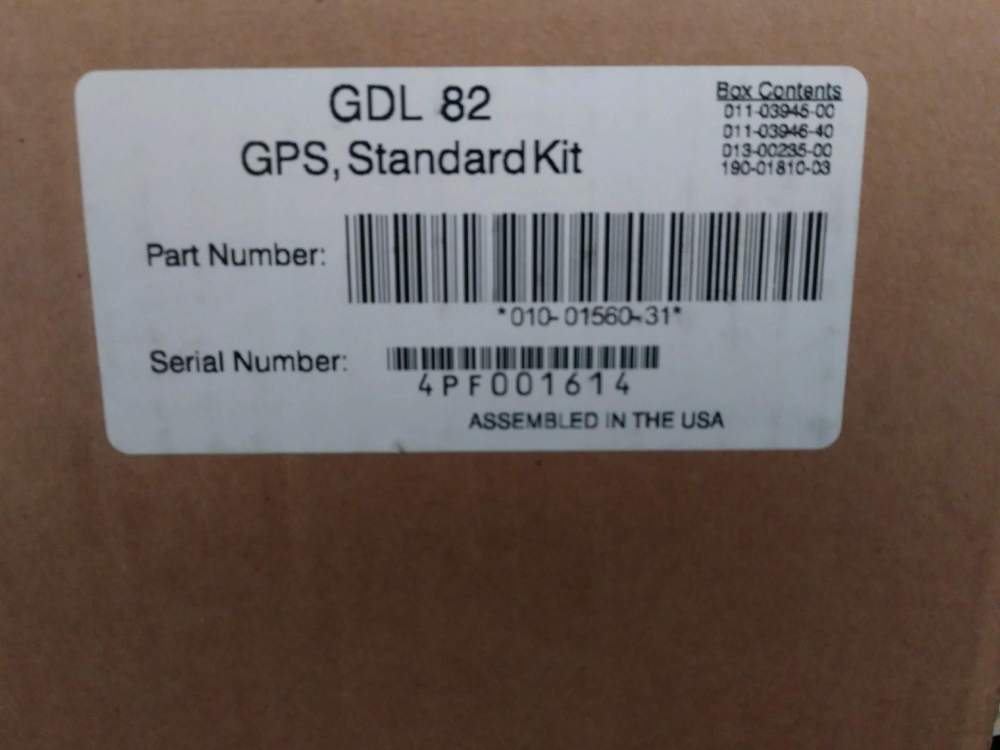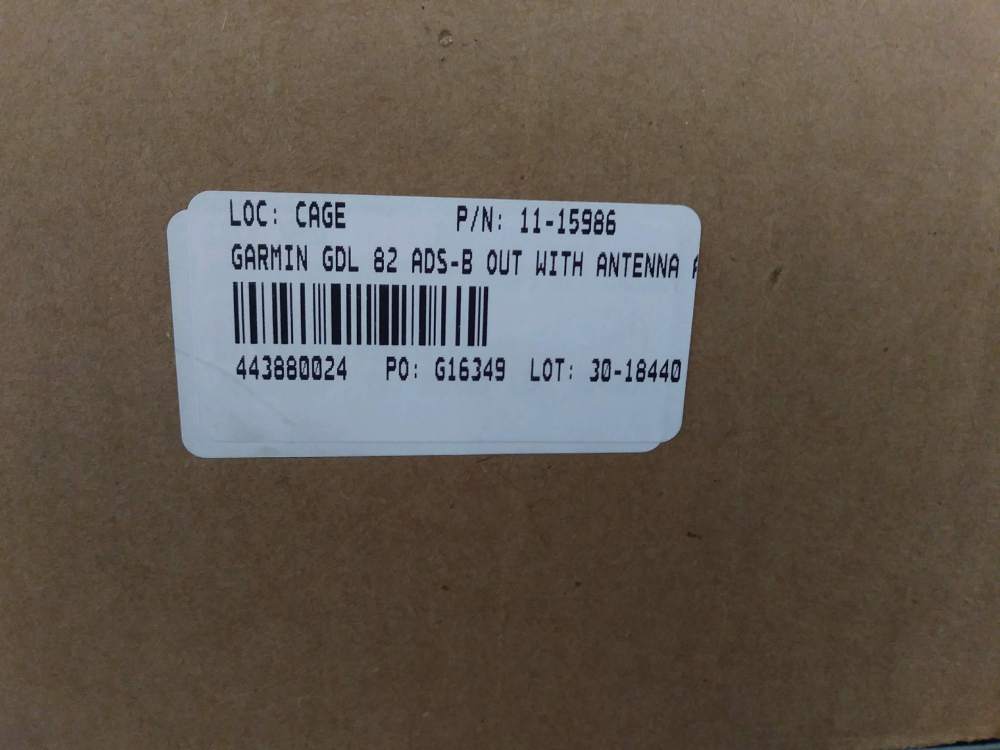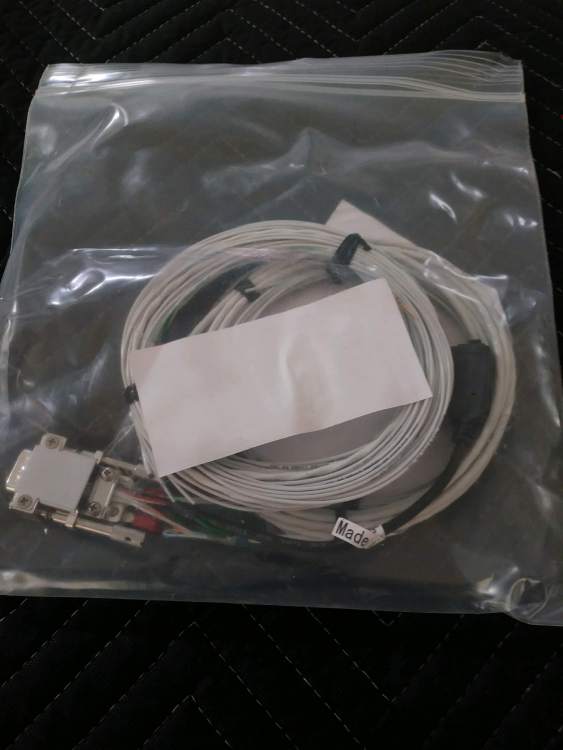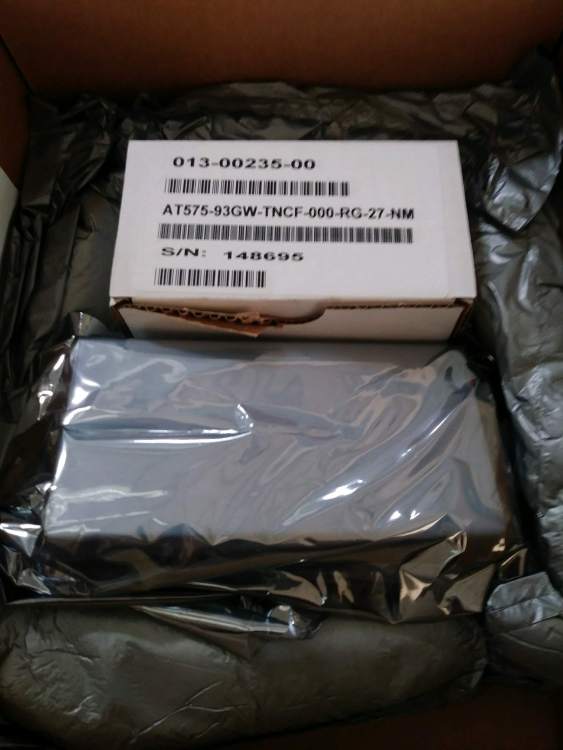
Marcopolo
Basic Member-
Posts
405 -
Joined
-
Last visited
-
Days Won
2
Content Type
Profiles
Forums
Blogs
Gallery
Downloads
Media Demo
Events
Everything posted by Marcopolo
-
Holly Ridge-Topsail Island Airport M20J Crash
Marcopolo replied to HRM's topic in Mooney Safety & Accident Discussion
Hi Mike, @mike_elliott Mr. Roberts does have a spouse, I am trying to gather her contact info and will respond via message to you when I have it. Ron -
Let’s start over - Mooney caravan incident
Marcopolo replied to bradp's topic in Mooney Safety & Accident Discussion
@Becca, please keep poking as you are getting very close the true issue(s) here. For the first time in 5+ years I have to disagree with Anthony, mainly on how "well" this has been handled, in my opinion. Sorry if this is considered a BS way to enter back into this discussion, but I believe time has been on the side of what I believe are the true issues here and they seems to have been forgotten. Ron Mander Marcopolo N1079B (2018 and 2019 Caravan Element Lead) -
Hello @ElCid05, Owner of the "dreaded" 231 with the -GB engine here, although I cannot say mine is one of the dreaded examples. 1978hrs on the airframe and on the original -GB engine. Flights in the mid teens are the norm. No intercooler or wastegate or GAMI's. Engine monitor? Absolutely! I fly LOP on every flight, 30", 2500rpm, 9.5-9.7gph all day long, hottest cylinder 365*(cyl#3). I do think the 231s require an elevated work load to manage correctly but they are most certainly not a problem to handle. I bought mine with 46.3 hrs in my log book with my PPL still dripping wet. I found a good instructor (key) that knew the idiosyncrasies of the model and have never once regretted the purchase in the 5 years I've owned and maintained her. If you do the due diligence before the purchase and you have the patience and instructor to learn the engine and airframe, I don't think you'll find a better bang for the buck with prices where they are on most 231s! (my opinion) Ron
-
If I understand correctly, they do get approval, they just don't get that approval based on the "claim" of lowering the stall speed. Ron
-
So far=0, including myself! But don't give up, if you build it, they will surely come. Ron
-
Oil Analysis on M20K during purchase
Marcopolo replied to MooneyAcolyte's topic in Modern Mooney Discussion
Flightaware and FlightRadar24 should tell you any recent activity for this aircraft. Ron -
How heavy will the new Mooneys be?
Marcopolo replied to Tim Jodice's topic in Modern Mooney Discussion
Ohh, but they do! SF50 Vision Jet is a retract and has a BRS. -
A rocket specific issue - re calibrating a new TIT probe
Marcopolo replied to aviatoreb's topic in Modern Mooney Discussion
No sir, not junk at all. I just think it has variables that it doesn't mention that would be relative to the expected TIT temperature. I think for the time that it was written it was very relevant given that every STC build they did was probably extremely similar when the customer picked them up, but as the engines are used, cylinders changed, turbos overhauled, engines overhauled, exhaust systems rebuilt, and probes replaced, things (variables) change. I would much rather see a test with a known temperature as Doc has mentioned then you setting the offset based on an expected temperature. Individual EGTs will normally read between 150 and 250 degrees lower than the TIT even though the TIT is further downstream in most cases, this is a difference in actual temperature, not a difference in delta from ambient. Now this also has variables to consider as EGT probes get installed in a variety of positions relative to the exhaust stream they are responding to which is why we don't treat EGTs as absolute temps. Again, I'm not saying the POH calibration is junk, I am only saying that I would hope there is a better way and if not then I personally, as I do on my 231, would trust the probe at operating temperature if it lines up at ambient, also taking into account a smooth curve as all temperatures increase. The EGTs and TIT should rise at the same time but the TIT should lead the way from start up. Ron -
A rocket specific issue - re calibrating a new TIT probe
Marcopolo replied to aviatoreb's topic in Modern Mooney Discussion
Hi Erik, Does the TIT line up with the other probes at ambient before engine start? If so then I would say its good at whatever reading you get. Sure, there may be some non linear difference as temperatures go up, but I would not suspect a difference of 55 degrees. I would go with the TIT readings you are getting with this probe before I would expect the calibration routine in the POH to give me a number to trust as there are just too many variables to think that every Rocket engine would be at that temp at those settings. Just my opinion! Ron -
-
Marcopolo +2 Bradyn Rebecca
-
I'm knee deep in the Commercial training in my 231 right now, its an excellent commercial platform. The chandelle is entered at a pre-determined airspeed (~120KIAS) and the throttle isn't touched throughout the maneuver. I have seen it done with throttle changes as the airspeed diminishes, but my instructor and the DPE that I'm using has no issue with my process in the maneuver, YMMV. Now, spot landings in any Mooney....all bets are off! I think a 231 with long range tanks would be just the ticket for the OP! Ron
-
Gotcha, thanks!
-
Hi Paul, I think the question is, Now that the prime is disabled/removed, how are you going about the process for each cold and hot starts? I am assuming the momentary mode of high boost would closely simulate the prime action but still it moves fuel into a different area than the prime circuit used to. Ron
-
Let's ask the folks that stayed with Bendix King about their thoughts on this statement! Peter? Ron
-
I spent the better part of the day yesterday on the crash site of this M20C, I have seen a few crash sites, but I have never seen one like this. I am still trying to work out in my mind how the airplane and associated damage ended up the way it did. As can be expected, It hit hard, very hard! There was no sign of a back-up AI in or attached to the panel, that I could see (a TC yes). There was an Ipad cover (never saw the Ipad) at the site but I cannot say if it was for flying or for work (he was returning home from work, a regular commute made between Knoxville and Aiken). If any of the info above in this thread helps us to practice something that we haven't done for a long time (partial panel) or gets us to install or use something as a backup then this thread could definitely save a life. I cannot speak to what this pilot was comfortable with, his proficiency, or his thought process, or what he was experiencing with lighting, weather, winds, turbulence, but I can say that there was simply nothing recognizable as being a Mooney at this crash site, nothing! The media coverage reported that the pilot informed ATC that he had lost his reference to Attitude shortly before impact so he had the first step in the process covered, he recognized the failure (I assume) but from there it went sideways for him unfortunately. I'm a relatively fresh instrument pilot (18 months) and I can say that I am used to the AI being covered up and I still understand using the other instruments to validate the AI's data and also using them if the AI is deemed failed (this backup we all have, hopefully). I could go along fine for a long time without having to see something like this again, ever! Be safe folks... Ron
-
Not really, most of your returns to the ramp were for maintenance, you expected to fly....the people working on your plane expected you not to!
-
Hi Brad, The lease will state what the expectation is of the current owners once the lease expires. At IPJ the initial lease is 25yrs, then there is an available 15 year extension, but the yearly lease cost goes to monthly. I looked at buying a hangar last year that had ~13 years left on the original lease, once that was up the monthly land lease cost was $415 and add that to the mortgage on the hangar and I was underwater. After the land lease expires, if there is no extension purchased then the structure belongs to the airport. At IPJ, the 15yr extension is in the terms of the original 25yr lease as an option, meaning you can waive it after the 25yrs but they have to honor it if you want it. Ron
-
Technically yes....and no! If you taxied out expecting to go flying and something changes that expectation then yes, the time is log-able, but taxiing out just to study the wildlife at the end of the runway, I'm guessing that's a no. But you knew that! Ron
-
In my experience, pulling the left mag serves a dual purpose when replacing the mechanical fuel pump. 1) allows better access for removing and installing the hoses and the pump. 2) allows a visual verification through the magneto mount hole that the fuel pump actuator rod is riding in the right place prior to buttoning everything up. If the 2 fuel mount bolts aren't tightened progressively and evenly, there's a possibility that the actuator rod will ride off of the plunger and if the engine is started like this other damage may occur. Ron
-
Remember, the gear doors don't end up in the same place relative to the gear when it is retracted. The pivot point for the gear and the pivot point for the doors are different, the doors end up higher along the the gear leg when retracted, that may be why you see more of the brake. Ron
-
Mooney youtube transition training video
Marcopolo replied to bradp's topic in Miscellaneous Aviation Talk
Josh's video production skills are on par with some of the best in the business, he's come a long way from his first video several years ago. If his instructing skills evolve along the same curve as his production skills, and I don't doubt for a second that they will, then I would not be concerned with where he ends up. We need some more folks for the right seat of these marvelous machines, I would not hesitate to put Josh over there with myself, or any of my family / friends while learning to fly the Mooney. Ron -
So one big difference in the prop control system as opposed to the human lung is the prop control system can rest, so there is a time where whatever oil that has made to the crank/hub can possibly run back into the engine sump (I don't know if there's a check valve here) or I assume (trouble) it can also mix with the oil in the prop piston area at that point. My head hurts! I guess none of this really matters other than I'm wondering what it is I'm cleaning and why, sorry! Marcopolo out! Ron
-
I've been told the same, and there's the rub. Stay with me here, I'm only theorizing. if the only oil that makes it past the crankshaft oil port into the "baby jar" is the first bit of oil it sees then where would all that lead come from. In order for oil to carry lead there in the quantity I see on a regular basis I would think (opinion) it would have to be replacing a small portion of oil in that baby jar somewhat regularly. Now I am saying this with absolutely no knowledge of how much oil would have to go through that area to leave how much residue, but to have any lead in the oil (careful here because engine oil could contain a zinc additive) you would think it had been through the engine and picked up lead via blow by from combustion or from the cylinder walls and then run through the governor to that area of the prop/crank and refreshed in small quantities to leave the amounts I see from annual to annual on many different airplanes. Again, I'm only trying to figure this out for my own education as I clean this sludge out of more than a few cranks and hubs on a regular basis. I cycle my prop once during the first run-up of the day just to make sure it works and doesn't spray oil on the windscreen (BTDT). I do not think cycling the prop three or four times replaces the prop control system with an entire fresh batch of warm oil. And again my apologies to the OP! Ron







